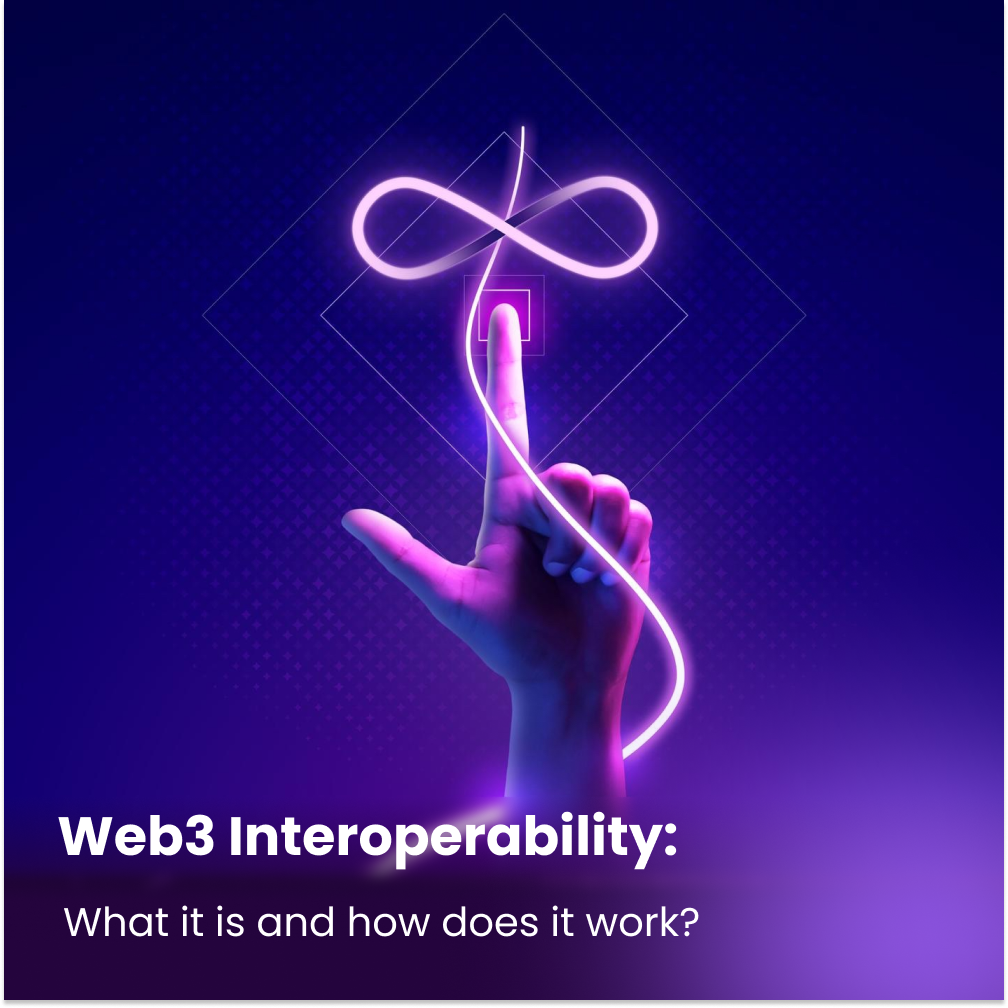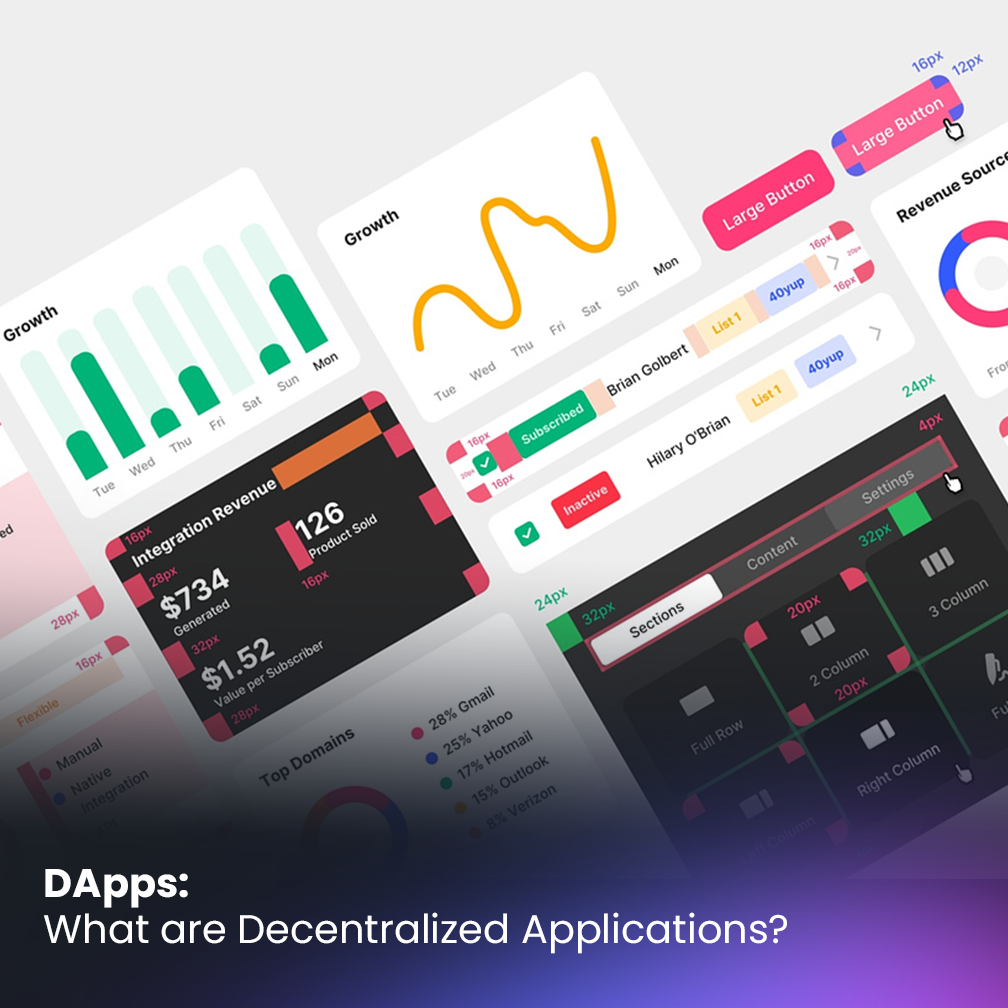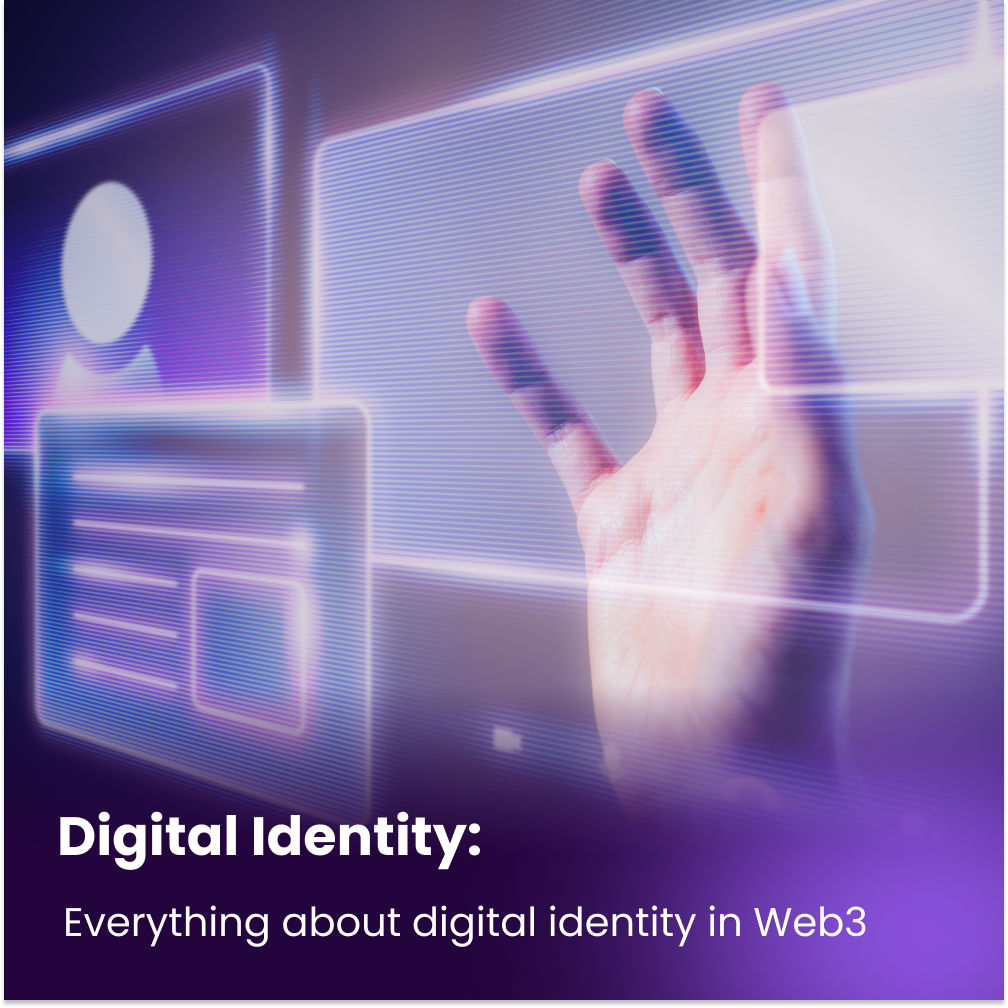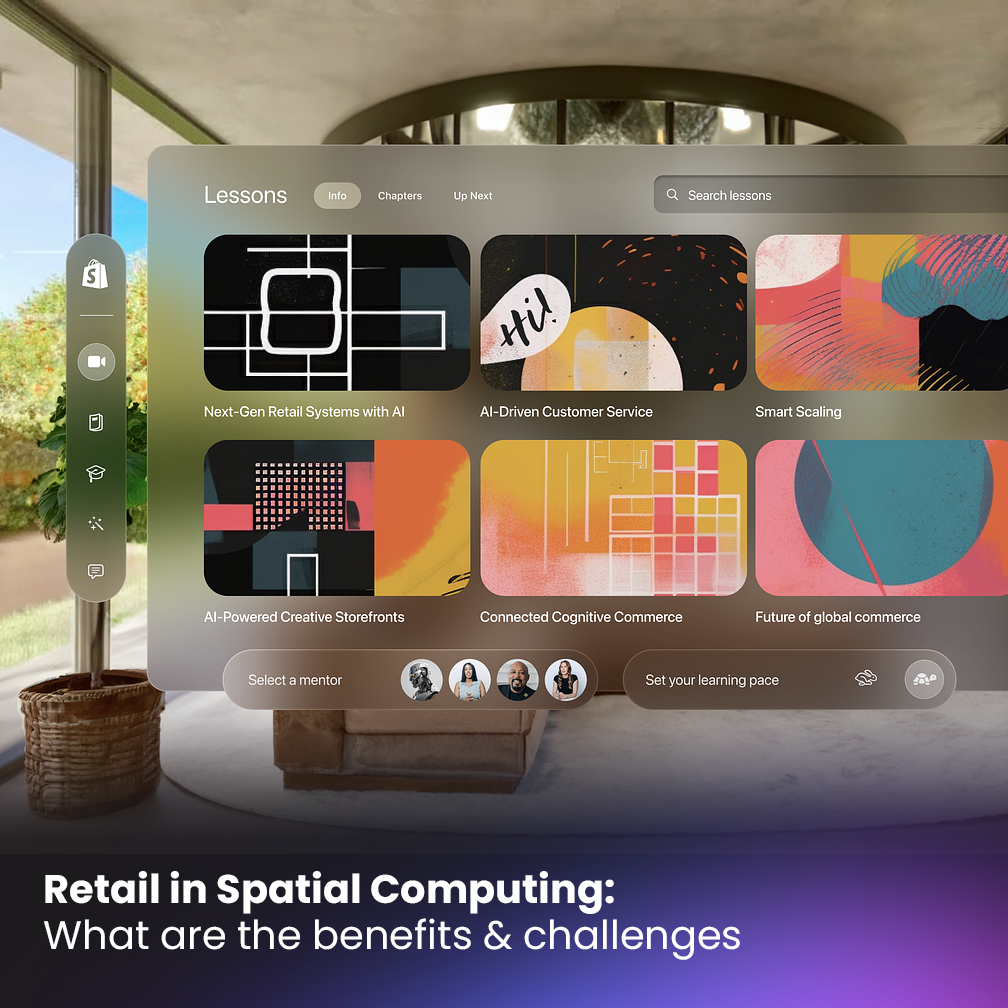
Estimated reading time: 6 minutes
Web3 interoperability is a concept that is gaining increasing attention as the decentralized web, or Web3, continues to evolve and it is one of the most exciting developments in the world of blockchain technology.
With the rise of various blockchain-based platforms and decentralized applications, the need for seamless communication and interaction between them has become more important than ever.
Web3 interoperability aims to address this challenge by enabling different Web3 networks and protocols to communicate and share data, creating a more connected and unified decentralized ecosystem.
This interoperability is opening up a whole new world of possibilities for developers, users, and businesses alike, enabling them to harness the power of multiple protocols and applications at once.
In this article, we will explore the concept of Web3 interoperability in-depth and discuss its potential implications for the future of the decentralized web.
What is interoperability?
Interoperability refers to the capability of moving something from one system to another. It could be as simple as sending a text message from an Android phone to an iPhone or as complex as transferring a token across different blockchains.
Money transfer, which appears to be a straightforward action, is actually quite intricate: we depend on interoperability not only to transmit currency between systems but also to safeguard against double-spending, a vulnerability that arises when the initial system sending an asset keeps a copy for itself.
Interoperability in Web3

Web3 interoperability is the ability of different blockchain networks and decentralized applications (dApps) to communicate and exchange data with each other seamlessly.
Interoperability in Web3 is crucial because it enables the creation of a more connected and efficient blockchain ecosystem that is not limited by the constraints of a single blockchain network. With Web3 interoperability, users can access and utilize the different functionalities and features of various blockchain networks without needing to switch between different wallets or platforms.
Interoperability plays a critical role in almost every aspect of Web3. It is an essential networking concept that is embedded in the code of every project, from Binance to OpenSea.
One of the major benefits of interoperability in Web3 is the increased accessibility and availability of decentralized finance (DeFi) services to users across different blockchain networks. This means that users can leverage DeFi services, such as lending, borrowing, and trading, regardless of which blockchain network they are using.
Overall, interoperability in Web3 is a critical component in the development of a more connected and efficient blockchain ecosystem, and it is essential for the widespread adoption and growth of decentralized applications and services.
Why is Web3 Interoperability Important?
The existing Web2 technology framework relies on centralized databases, which are susceptible to modern malicious actors. With the increasing understanding of obsolete technology by cybercriminals, it has become easier to hack single servers.
Decentralizing the web and integrating Web3 into the internet can enhance security and build trust in our usage of the web. Web3 interoperability allows users to access various applications across different chains without leaving the decentralized space, providing users with mobility and maintaining the expected security of blockchain technology.
Interoperability plays a crucial role in bringing together different protocols, creating a greater connection among all technology users, whether in business or leisure. This is fundamental to the overall adoption of blockchain and Web3.
The Benefits of Interoperability for Businesses

Blockchain technology has gained the interest of many large Web2 corporations, such as Paypal, which now supports Bitcoin payments and cryptocurrency transfers, as well as Amazon and Facebook, which have established departments focused on blockchain research and implementation.
The possibilities that web3 interoperability offers for businesses are numerous. For instance, a sports event company could offer tokens for tickets or collectibles, as well as provide links to a blockchain-based online sports game.
Social networking sites could provide digital currency rewards for genuine interactions, as well as offer peer-to-peer lending and borrowing services.
However, to fully leverage the advantages of Web3, including blockchain gaming, collectible tokens, and DeFi services such as lending, borrowing, and savings, businesses will need easy access to all blockchain networks, each with its own strengths and specialties.
For both businesses and consumers, interoperability is the key to unlocking the potential of Web3.
Interoperability and Spatial Computing

The concept of spatial computing interoperability involves the seamless connection of various virtual worlds, platforms, and applications to facilitate continuous navigation between them.
It serves two crucial purposes: firstly, it allows users to move freely between different virtual environments without losing their progress. Secondly, it enables brands and businesses to expand their reach by being present across multiple platforms.
Without interoperability, users would be limited to a single virtual world and would not be able to access the full spectrum of experiences that spatial computing has to offer.
Despite the potential benefits, there are several challenges associated with achieving interoperability in spatial computing. Technical challenges, such as the need to establish common standards and protocols, must be overcome to make this possible.
A solution to this issue is the Stage Meta’s Teleport Plaque Address technology.
In the virtual world, Teleport Plaque Addresses are utilized to pinpoint exact destinations for teleportation, making it easier for users to move between different locations. Similar to domain names on the current internet, these addresses provide precise directions to guide users to their intended destination within spatial computing.
Teleport Plaque Addresses simplify navigation within spatial computing by providing users with a clear understanding of their destination before they initiate the teleportation process. This helps ensure that users won’t accidentally end up in unknown or unsafe locations.
Furthermore, these plaques can also serve as a discovery tool by providing detailed descriptions of each location, allowing users to explore and find new places within the virtual world.
The Future of Web3 Interoperability
Web3 has evolved and expanded in response to the needs of society over time, with decentralization and heightened security being two increasingly important principles.
Concepts such as peer-to-peer interactions are becoming more prevalent. However, the lack of interoperability across various programs is a significant challenge for the Web3 revolution.
To achieve a more comprehensive approach to blockchain, similar to that of the internet, the future of this technology depends on interoperability. Interoperability will become more prominent in the coming years, and solutions will be developed and refined, much like blockchain technology has done over the past decade.
Web3 interoperability is a critical aspect of any solution and is set to be the next revolution in the blockchain narrative.








